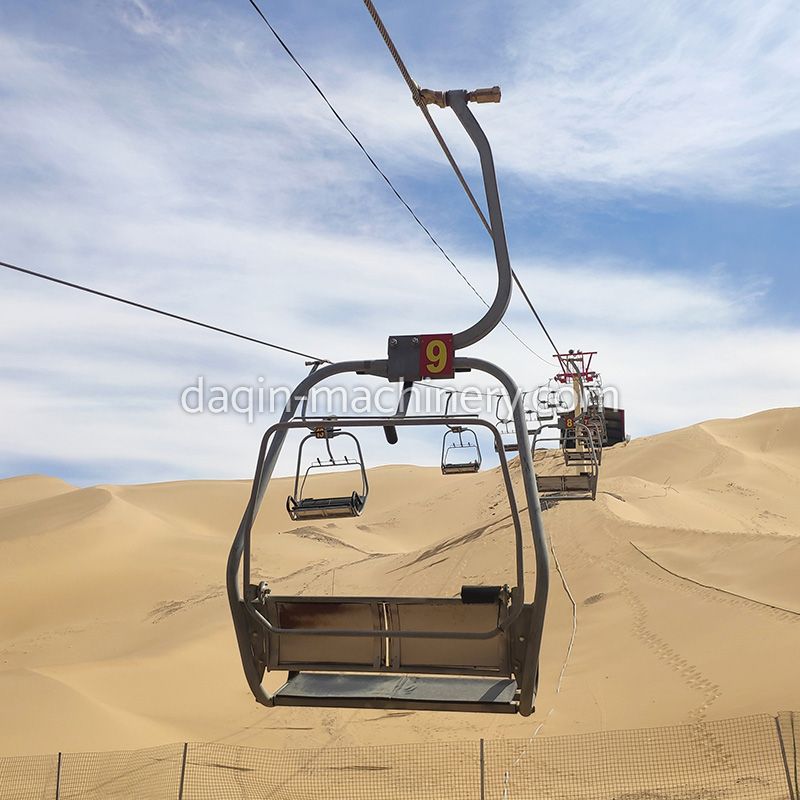Is the chair lift ropeway safe?
Chairlift ropeways are generally considered safe when designed, operated, and maintained according to strict industry standards and regulations. These transportation systems are used worldwide in mountainous regions for various purposes, including skiing, sightseeing, and access to remote areas. Here are some key factors that contribute to the safety of chairlift ropeways:
Stringent Regulations and Standards: Governments and industry organizations have established strict regulations and safety standards for chairlifts. These standards cover everything from the design and construction of the ropeway to its operation and maintenance. Compliance with these regulations is essential for ensuring safety.
Regular Inspections and Maintenance: Chairlifts undergo regular inspections by trained technicians to identify and address any issues. These inspections encompass the cables, grip mechanisms, towers, electrical systems, and safety features. Maintenance and repairs are carried out promptly to ensure the ropeway's reliability.
Safety Features: Chairlifts are equipped with multiple safety features to protect passengers. These features include emergency brakes, anti-rollback systems, backup grip mechanisms, and automatic shutdown mechanisms. In the event of a malfunction or unusual circumstances, these systems can halt the operation of the ropeway to prevent accidents.

Operator Training: The personnel operating chairlifts receive extensive training to ensure they understand the equipment, safety procedures, and emergency protocols. Operators are responsible for monitoring the lift's operation and responding to any unusual situations or passenger needs.
Weather Monitoring: Weather conditions can affect the safe operation of chairlifts, especially in alpine environments. Operators closely monitor weather forecasts and may suspend operations during severe weather, high winds, or heavy snowfall to ensure passenger safety.
Passenger Awareness: Passengers also play a role in their own safety. It's important for riders to follow safety guidelines, keep personal belongings secure, and use safety bars when available. Staying seated and not engaging in risky behavior while on the chairlift helps prevent accidents.
Communication Systems: Chairlifts are equipped with communication systems to allow operators to stay in contact with each other and with base stations. This facilitates swift response to any issues or emergencies that may arise.
Rescue Protocols: In rare cases when passengers need to be evacuated from a chairlift Cableway due to mechanical failure or other emergencies, ropeway operators are trained in rescue procedures. Specialized equipment is available for safely evacuating passengers to the ground or another location.
While chairlift ropeways are designed with safety as a top priority and have a strong track record of reliability, accidents can still occur, albeit infrequently. It's important for individuals using chairlifts to exercise caution, adhere to safety guidelines, and report any concerns to ropeway operators. Additionally, staying informed about weather conditions and resort-specific safety protocols can contribute to a safer experience while enjoying the convenience and scenic beauty of chairlifts in mountainous areas.
593
0
0


Comments
All Comments (0)